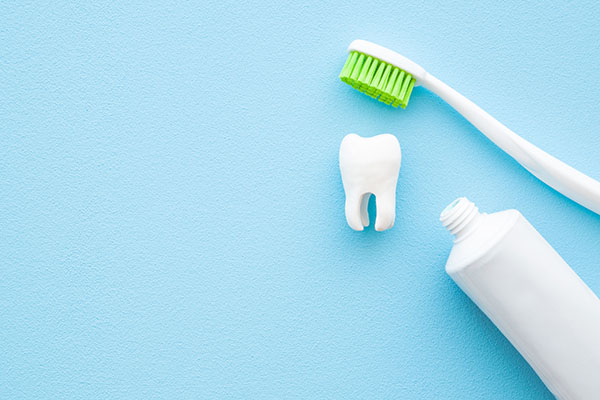 A dental restoration can improve your appearance and dental health. Your dentist can help you prepare for your procedure. The consultation can also tell you how you should care for your new smile. Here are the details if you want to know how to maintain your dental restoration for lasting results.
A dental restoration can improve your appearance and dental health. Your dentist can help you prepare for your procedure. The consultation can also tell you how you should care for your new smile. Here are the details if you want to know how to maintain your dental restoration for lasting results.
Choose the right toothpaste
Some fluoride treatments and toothpaste brands can damage dental restoration. Acid is often present in fluoride products. This component can change the color of any dental restoration. Other toothpaste brands are abrasive to veneers and porcelain crowns. The dentist may recommend a neutral fluoride that will not weaken the bonding in the restorations. The toothpaste must be gentle for every type of dental restoration.
Visit the dentist for regular dental cleanings
Seeing the dentist every six months will ensure that the dental restoration stays in top condition. There are available cleaning tools with polishing paste that can keep a dental restoration in top shape. The dentist will also clean the patient’s natural teeth. A professional dental cleaning can keep the restorations clean without damaging them or causing pain to the patient.
Refrain from biting sharp or hard items
After recovering from getting any dental restoration, the patient can eat almost anything. But biting on hard items, such as fingernails or ice, can become a problem. The patient must stop this habit so that the restorations can stay intact. Some individuals have bruxism. They can wear custom nightguards so that the dental restoration can stay intact. Wearing a mouthguard can protect dental restoration during sports or outdoor activities.
Floss well
Getting a dental restoration will need regular cleaning. This is necessary so that the restoration and the natural teeth can stay in good shape. Brushing at least two times a day with a soft-bristled toothbrush can keep food particles and plaque away. But this is not enough. Flossing below the treated teeth can keep them free from decay infection.
Keep alcohol and tobacco consumption off the list
The teeth and gums need continuous care even after the dental restoration procedure. Eating nutritious foods and drinking more water can give the treated teeth what is necessary to recover. Studies show that alcohol and tobacco impair blood circulation and oxygenation. That is why one must quit these habits.
A dental restoration will be prone to discoloration if exposed to tobacco and alcohol. The bonding strength will also weaken. Alcohol, in particular, can weaken the attachment of a dental restoration to the tooth. Some mouthwashes have alcohol that can cause the early deterioration of restorations.
Brush the right way
Brush for two minutes each time with a soft-bristled toothbrush. Brushing with the right technique is important as well. Make sure that the toothbrush is at a 45-degree angle to the gums. Short front and back strokes across the teeth are enough to scrub the teeth and keep plaque away.
Your dental restoration can last for a lifetime with some guidance from your dentist
Having a dental restoration means having the dedication to care for your new smile. This needs changes in your lifestyle, diet, and even habits. Knowing how to maintain your restoration may be difficult at first, but these practices will later on become part of your daily habit. Working with your dentist can help make your restorations last for a long time.
Request an appointment or call Palm Beach Dentistry at 561-225-2057 for an appointment in our Delray Beach office.
Recent Posts
A broken tooth can be a stressful and uncomfortable experience, requiring prompt attention to prevent further damage or complications. Whether caused by an accident, biting into something hard, or untreated decay, addressing a broken tooth quickly is crucial to maintaining oral health. Understanding the steps to take after experiencing a broken tooth can help preserve…
Dental restoration refers to treatments focused on repairing or replacing damaged teeth, restoring their strength and appearance. When teeth become damaged, decayed, or lost, it affects daily activities such as eating and speaking while also increasing the risk of further oral health issues. A healthy smile is more than just an aesthetic feature; it is…
A dental onlay is a conservative dental restoration designed to repair damage or decay in the tooth while preserving the maximum amount of natural structure. Unlike crowns, which cover the entire tooth, a dental onlay fits snugly over the affected area, restoring function and appearance. This approach offers significant benefits for patients looking to maintain…


